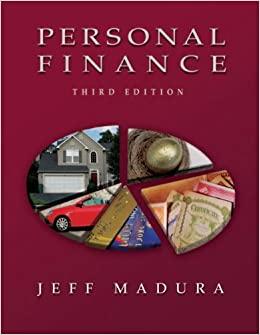Question
The objective of this problem is to help you understand a claim that Siegel makes in the last part of Chapter 11. Basically, he argues
The objective of this problem is to help you understand a claim that Siegel makes in the last part of Chapter 11. Basically, he argues that if the real required rate of return falls, then the price-to-earnings ratio rises, all else equal. Although this problem only asks you to submit the new P/E ratio, you will find it more interesting to also calculate the old P/E ratio for comparison.
Suppose that earnings per share for Banana Corp. for the most recent 12 months is $2.26. Suppose also that the required real rate of return on Banana Corp. stock is 6.38%. the real dividend growth rate is 2.66% per year (and expected to remain unchanged for the foreseeable future). the payout ratio is 0.60; hence, the annual dividend today (D0) equals 0.60 times the earnings per share. (This ratio is not expected to change.)
Today, the expected real discount rate falls by 1% (e.g., it might fall from 6% to 5%). What is new value of the P/E ratio? (Earnings per share is a historical value and thus is not affected by the change in the discount rate.) Enter the new P/E to one decimal place of accuracy.
Step by Step Solution
There are 3 Steps involved in it
Step: 1

Get Instant Access to Expert-Tailored Solutions
See step-by-step solutions with expert insights and AI powered tools for academic success
Step: 2

Step: 3

Ace Your Homework with AI
Get the answers you need in no time with our AI-driven, step-by-step assistance
Get Started


